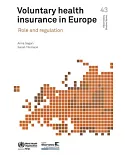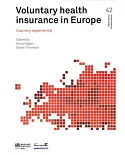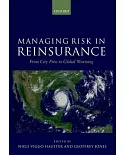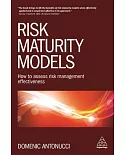Can insurance be used as a means to obtain compliance with environmental policy? Answering this question requires examination of a broad mosaic of academic issues, including current systems
available for providing compensation and deterrence, use of contracts (including insurance) as substitutes for tort law, limitations of regulatory policy making by government agencies,
preconditions for creation of insurance products, and market mechanisms necessary for insurance to be purchased or sold. The purpose of Managing Environmental Risk through Insurance is to
highlight the potential role that insurance and performance standards can play in managing environmental risk. The authors conclude that insurance can help solve one of the most problematic
issues facing society todayhow to compensate for environmental exposures.
Managing Environmental Risk through Insurance analyzes the role of insurance in managing environmental risk. It begins by contrasting insurance with other societal tools for addressing risk:
government benefit programs and imposition of involuntary liability using the court system. In so doing, the book describes the comparative advantages of insurance. The authors then analyze the
insurability of the risks and apply the insurability analysis to three concrete environmental examples.





















